Electronic water pressure switches are used to start and stop the electric water pump automatically based on preset pressures. The water pressure switches not only automate the pumps but also prevent dry running. Most often used in connection with pumps, water pressure switches are capable of monitoring and regulating water pressure systems by engaging the pump unit when the pressure is too low and stopping the pump when the pressure is optimal. Read More…
Tecmark is a designer and manufacturer of remotely actuated controls used by OEMs worldwide. We offer an extensive line of high pressure switches, and our customer service representatives will help you find the perfect model for your application. Whether you are looking for an in-house solution, or an industry need, we continue to develop technological advancements.
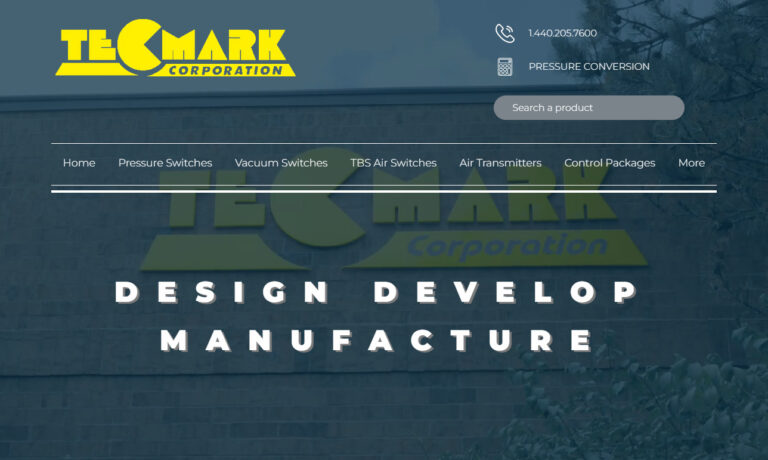
SOR pressure switches have earned a long-time reputation for their high quality, rugged construction and reliable performance under the most demanding applications. We offer explosion proof, hermetically sealed, and weatherproof switches. We design our pressure switches with high performance in mind, crafting custom, durable pressure switches with the approval of multiple agencies. Our products...
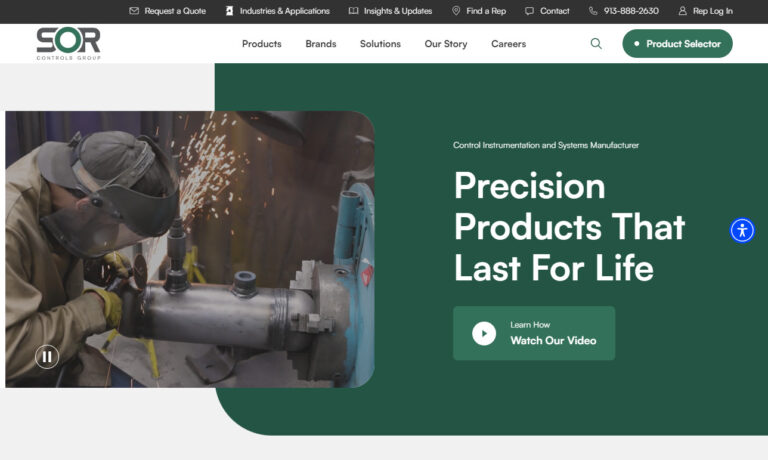
For over 35 years, MPL has specialized in unique miniature pressure switch solutions to the world’s leading manufacturers. MPL pressure sensors and switches can be found in the most demanding environments from automotive to health care where long-life, reliable solutions are required. Visit our website for details.

Barksdale Control Products specializes in manufacturing top-quality pressure switches, solid-state pressure switches and other controls which are used for the control and measurement of fluids in industrial applications. Barksdale is a subsidiary of The Crane Company.

More Water Pressure Switch Manufacturers
How Water Pressure Switches Operate
Water pressure switches work similarly to most other pressure switches: a small pressure-sensitive force collector, such as a piston, diaphragm, Bourdon tube, or bellows, receives strain from the pressurized water and serves as a transducer, producing a signal as a function of the applied pressure.
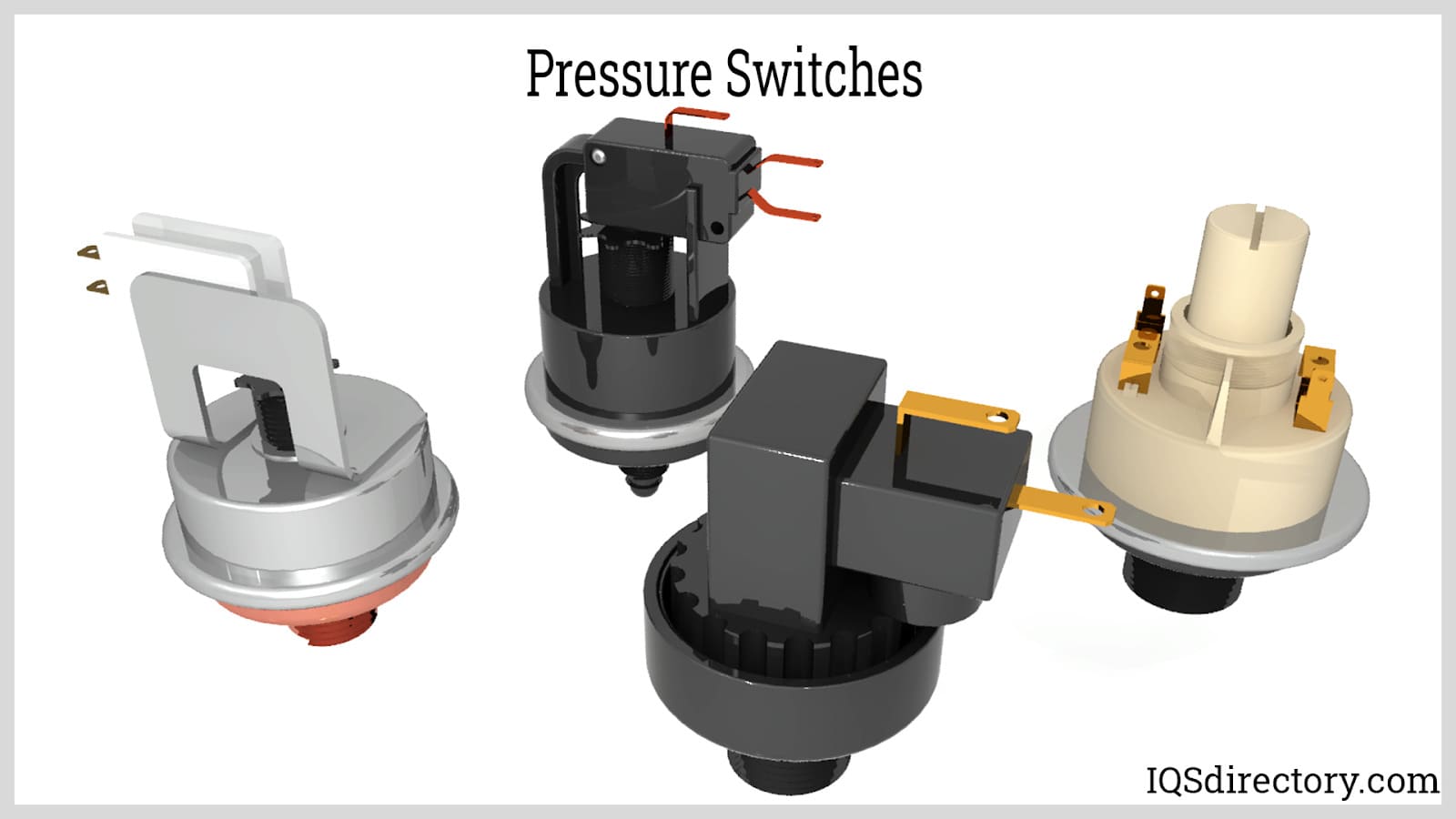
To control the pressure system as described, the switch is programmed to react at specific actuation locations along the pressure spectrum. Depending on the exact type and use, pressure switches can be produced from a variety of materials, such as acetal, brass, silicon, bonded metal foil, ceramic, polycarbonate, plated steel, glass-reinforced polyester, polyvinyl chloride, or cast aluminum. They are excellent for filters, wastewater applications, water treatment, hydraulics, pipelines, sumps, pumps, swimming pools, and other water-based applications since they are made to handle a variety of water-based circumstances.
Water pressure switches work well in any situation where measuring and controlling water flow is necessary since they are specifically made for alert, shutdown, and control of numerous different processes and types of equipment. Water pressure switches are now a crucial component in ensuring the safety and dependability of processes involving pressurized water thanks to advancements in pressure switch technology. Accuracy, pressure range, electrical output, gauge type, temperature adjustment, temperature output, and field adjustability are a few factors to think about when shopping for a water pressure switch.
Parts of a Pressure Switch
Inlet Port: The component that joins the pressure switch assembly to the process unit is the inlet port. Pressure switches are fitted on the nozzles that are attached to a tank or pipe. Threaded fittings are the standard for connections. Bolted or welded connectors are only occasionally employed. It is critical that the type of fitting and its pressure rating match the fluid pressure.
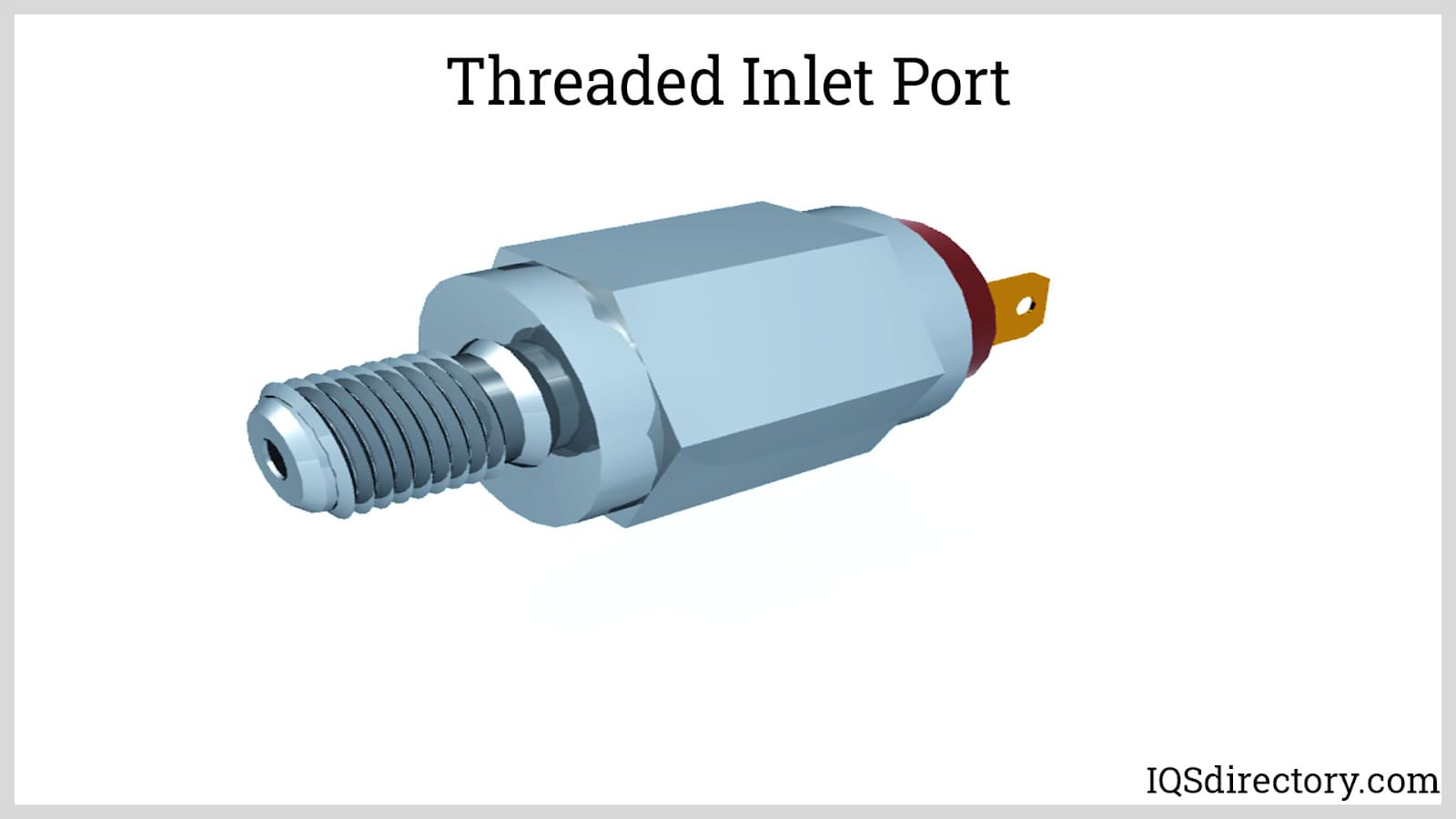
Pressure-Sensing Element: The type of pressure sensor component used in mechanical pressure switches determines its classification. This is the major component of the switch that is mechanically activated by the fluid pressure. The piston or diaphragm's area on the fluid side is made to transfer enough force from the anticipated fluid pressure. The actuating force and spring force need to increase with an increased area.
Spring: The spring balances the fluid's force. It is preloaded to correspond to the fluid's operational pressure. Only when the spring-applied force is greater than the force generated by the fluid pressure does the switch turn on.
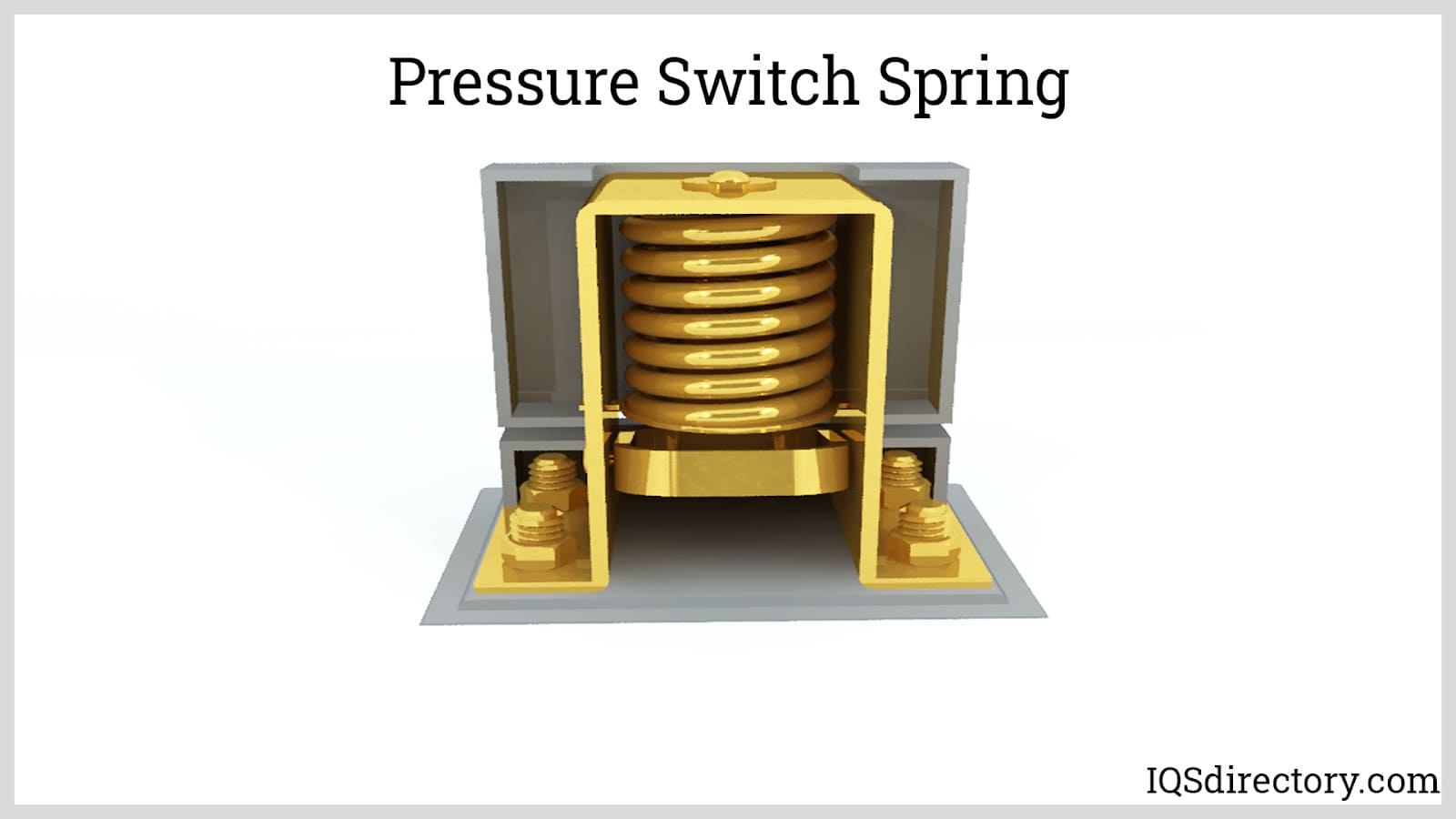
Differential: This is used to expand or contract the switch's operating pressure range. A set of springs and adjustment screws that are obviously smaller than the setpoint adjustment is a typical design used in pumping systems. Only one end (higher or lower end) of the pressure range is changed by tightening or loosening this screw; the other end stays unchanged.
Setpoint Screw: The setpoint adjustment screw is built inside the spring. The activation pressure can be changed by turning the setpoint adjustment screw.
Switch Housing: The switch and other internal components are shielded from the environment by the switch housing. The protection rating of the switch casing is a crucial characteristic. IP, NEMA, and ATEX ratings are common enclosure criteria. The amount of protection against the intrusion of solid and liquid foreign objects is described by IP and NEMA ratings. Environments having a danger of fire and explosion are those with an ATEX classification.
Diaphragm: The switch's internals are shielded from the process fluid by the diaphragm and other sealing components. It is a flexible substance typically consisting of metal alloys, polymers, or elastomers. The kind of fluid and its temperature must be taken into consideration when choosing the diaphragm material.
Contacts: One of the switch's conducting components are the contacts. The electrical circuit can be energized or de-energized by separating or connecting the contacts. Materials having excellent electrical conductivity and corrosion resistance, such as copper, silver, gold, or brass, are used to make switch contacts. Contacts might be NO, NC, or CO in terms of its connections. NO is for circuits that are initially de-energized and cut in at the setpoint. Because it is originally electrified, NC behaves in the opposite way. One open and one closed connections or circuits are served by CO switches, which are frequently utilized for control interlocking or more complex circuits. NO or NC will do for basic control activation.
Choosing the Right Water Pressure Switch Manufacturer
To make sure you have the most positive outcome when purchasing a water pressure switch from a water pressure switch manufacturer, it is important to compare at least 4 manufacturers using our water pressure switch directory. Each water pressure switch manufacturer has a business profile page that highlights their areas of experience and capabilities and a contact form to directly communicate with the manufacturer for more information or request a quote. Review each water pressure switch business website using our patented website previewer to get an idea of what each business specializes in, and then use our simple RFQ form to contact multiple water pressure switch businesses with the same quote.

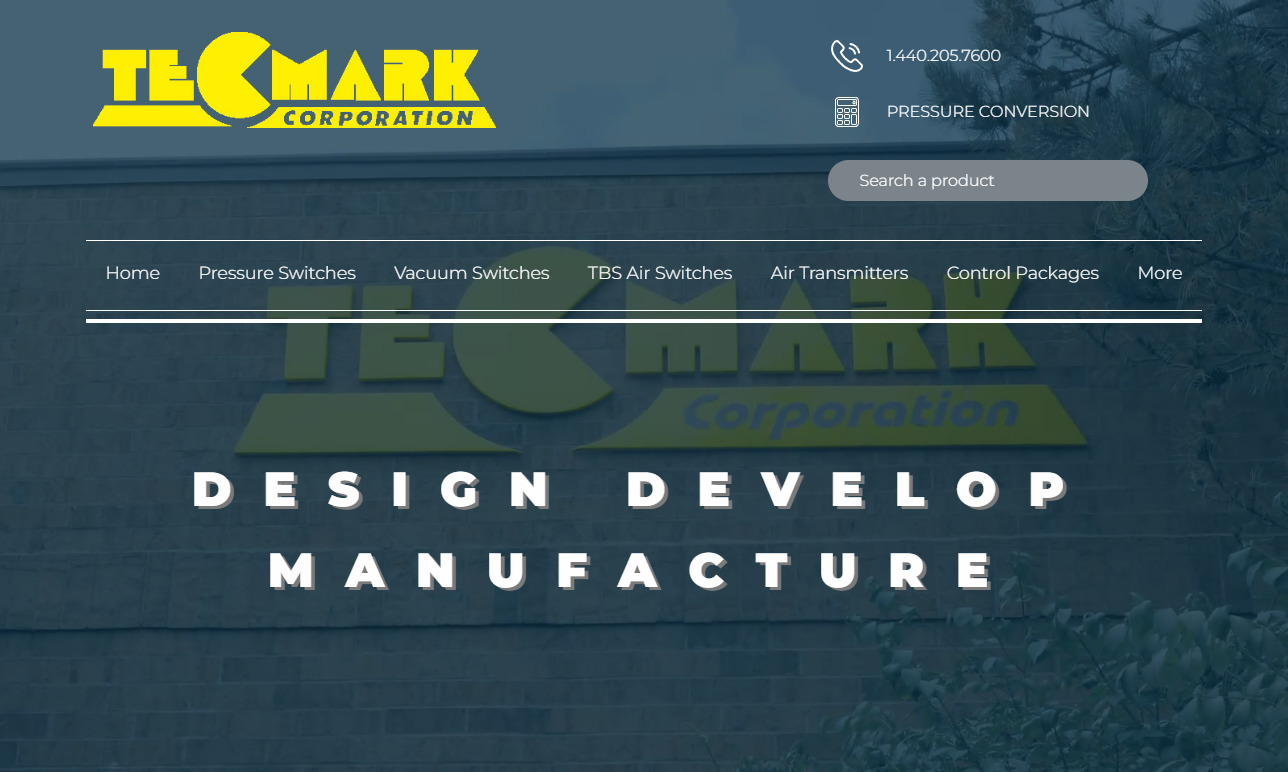
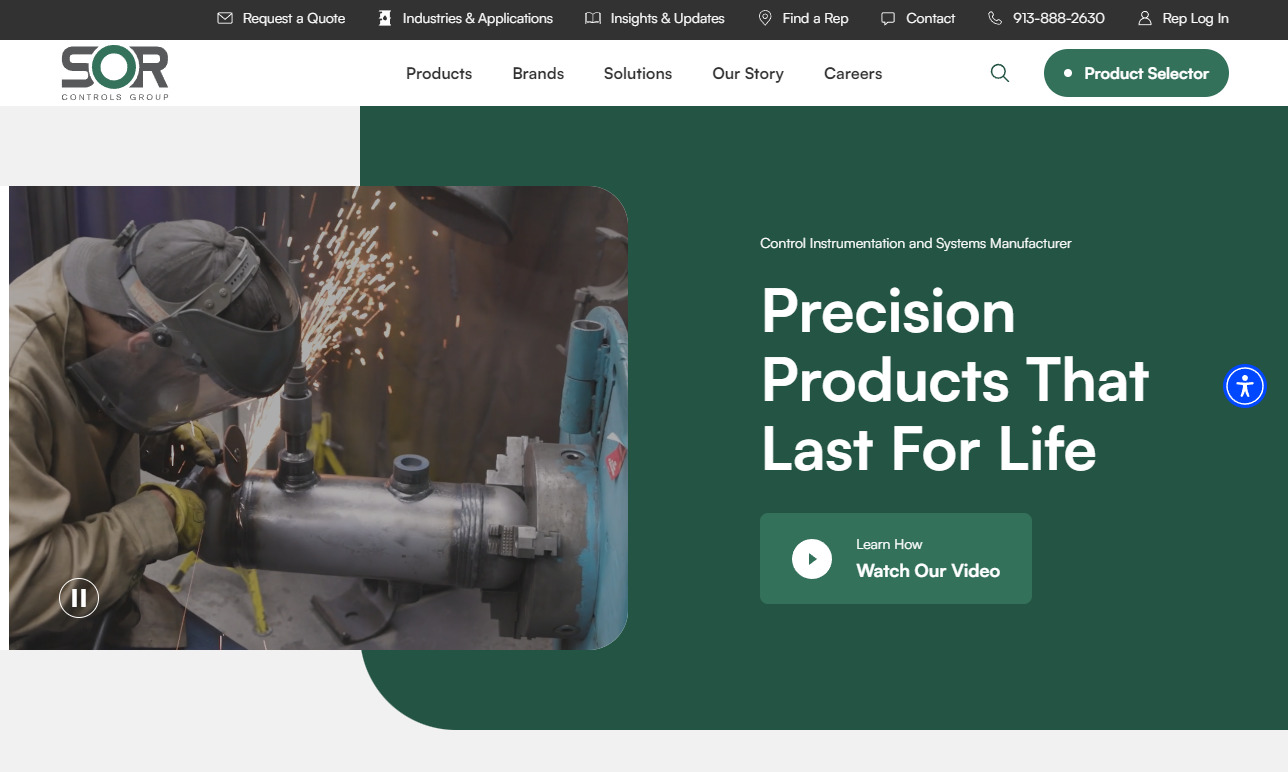


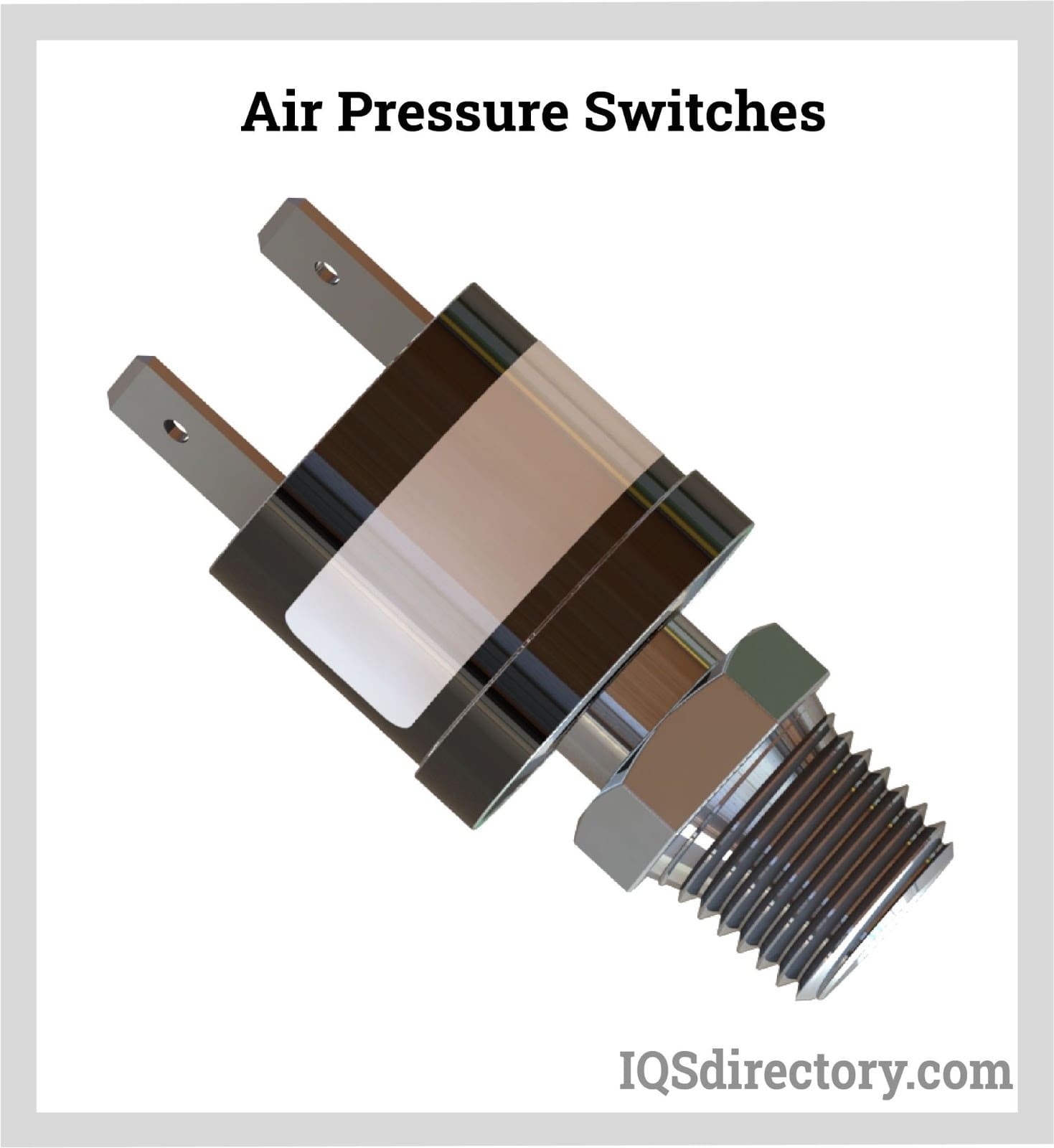
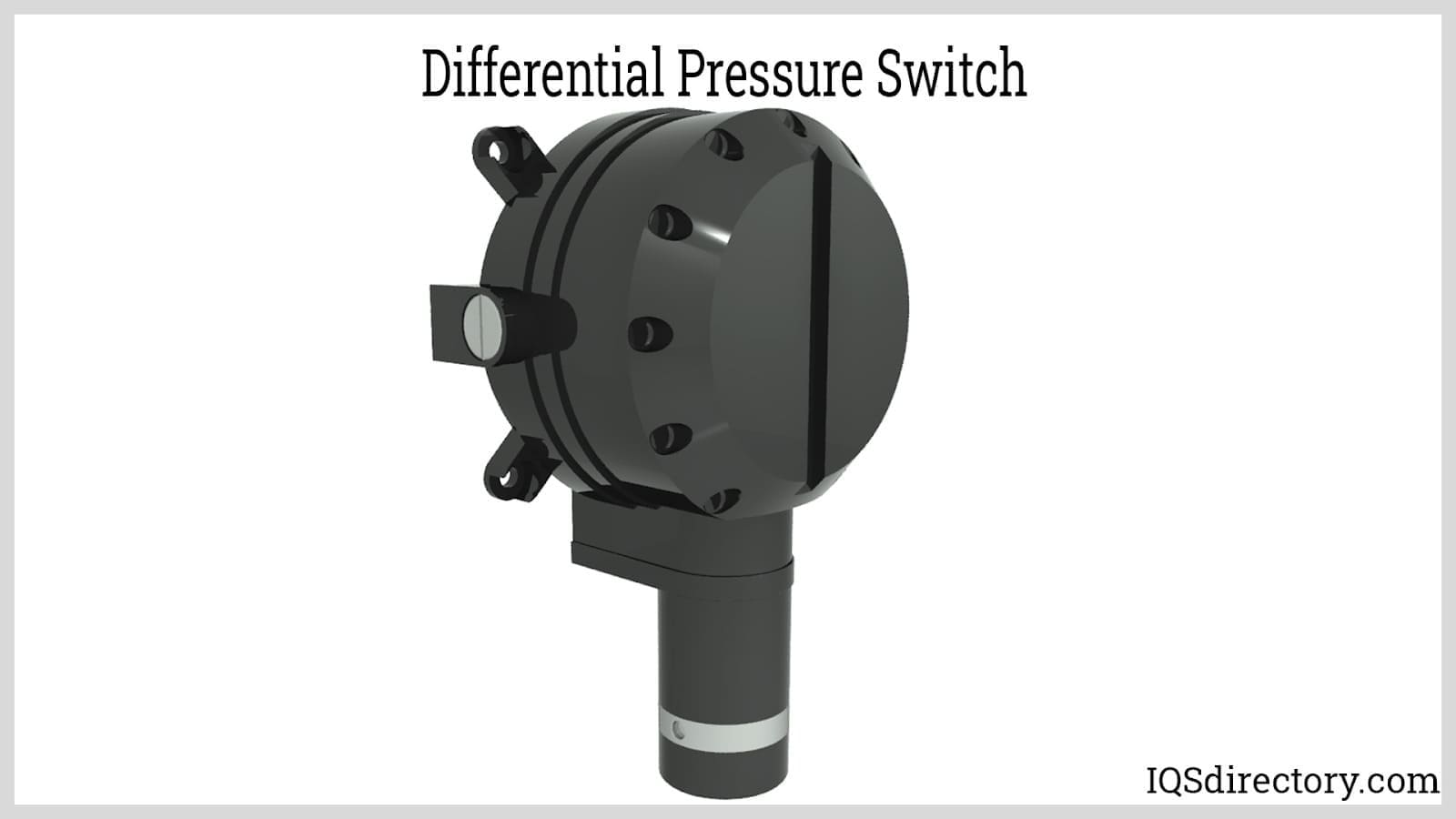


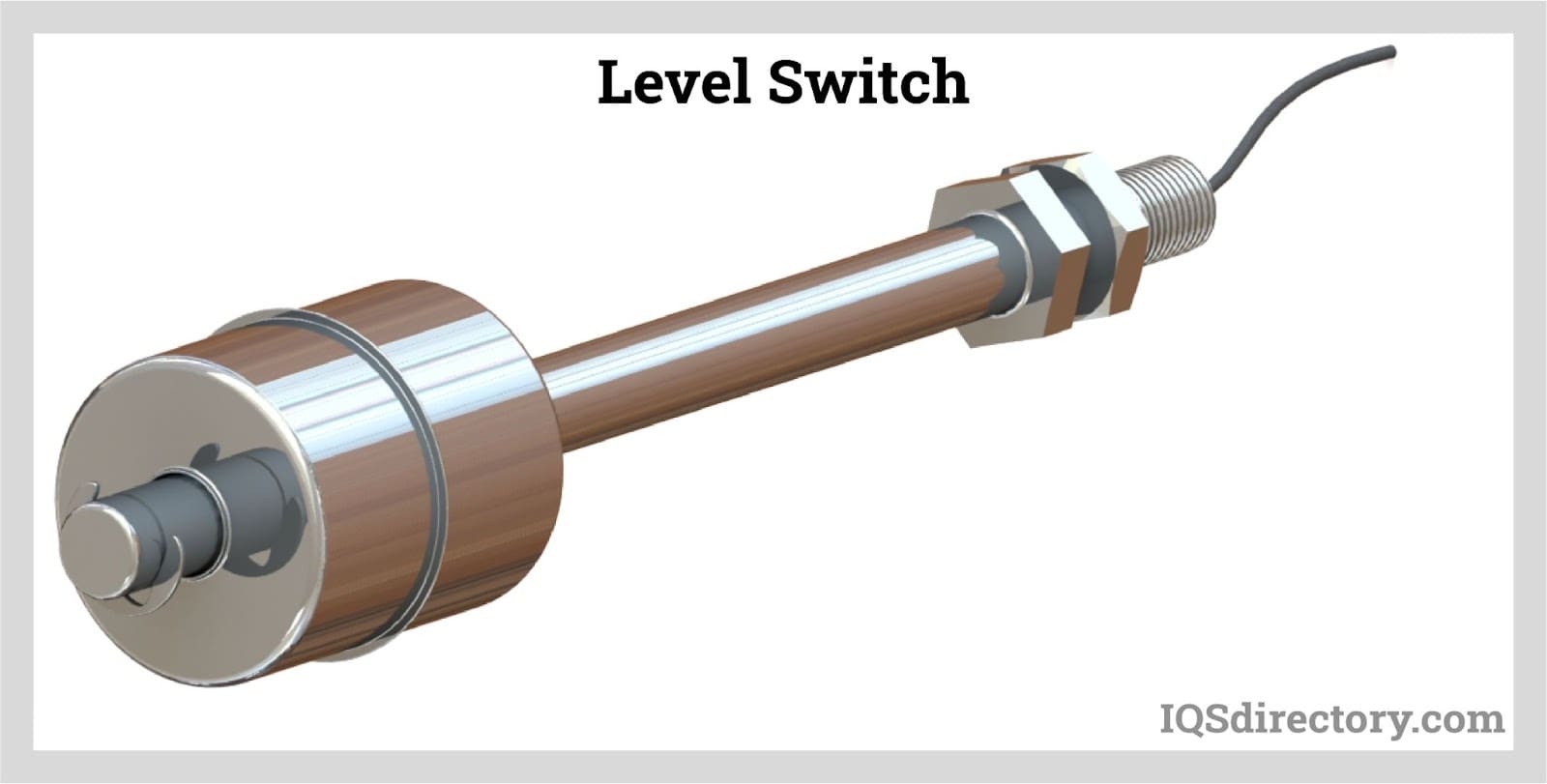
 Flow Meters
Flow Meters Leak Detectors
Leak Detectors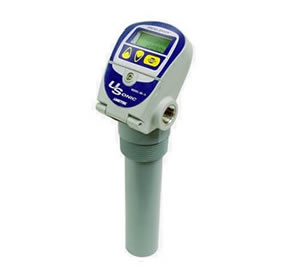 Level Switches
Level Switches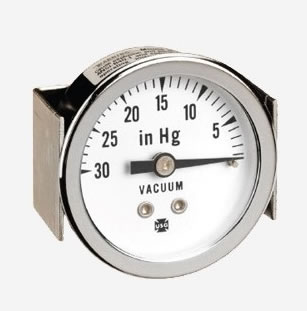 Pressure Gauges
Pressure Gauges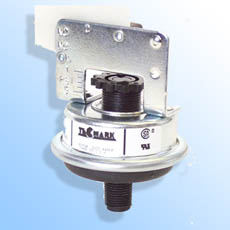 Pressure Switches
Pressure Switches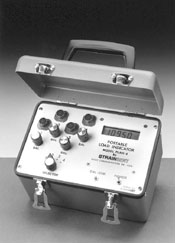 Pressure Transducers
Pressure Transducers Castings & Forgings
Castings & Forgings Bulk Material Handling
Bulk Material Handling Electrical & Electronic Components
Electrical & Electronic Components Flow Instrumentation
Flow Instrumentation Hardware
Hardware Material Handling Equipment
Material Handling Equipment Metal Cutting Services
Metal Cutting Services Metal Forming Services
Metal Forming Services Metal Suppliers
Metal Suppliers Motion Control Products
Motion Control Products Plant & Facility Equipment
Plant & Facility Equipment Plant & Facility Supplies
Plant & Facility Supplies Plastic Molding Processes
Plastic Molding Processes Pumps & Valves
Pumps & Valves Recycling Equipment
Recycling Equipment Rubber Products & Services
Rubber Products & Services